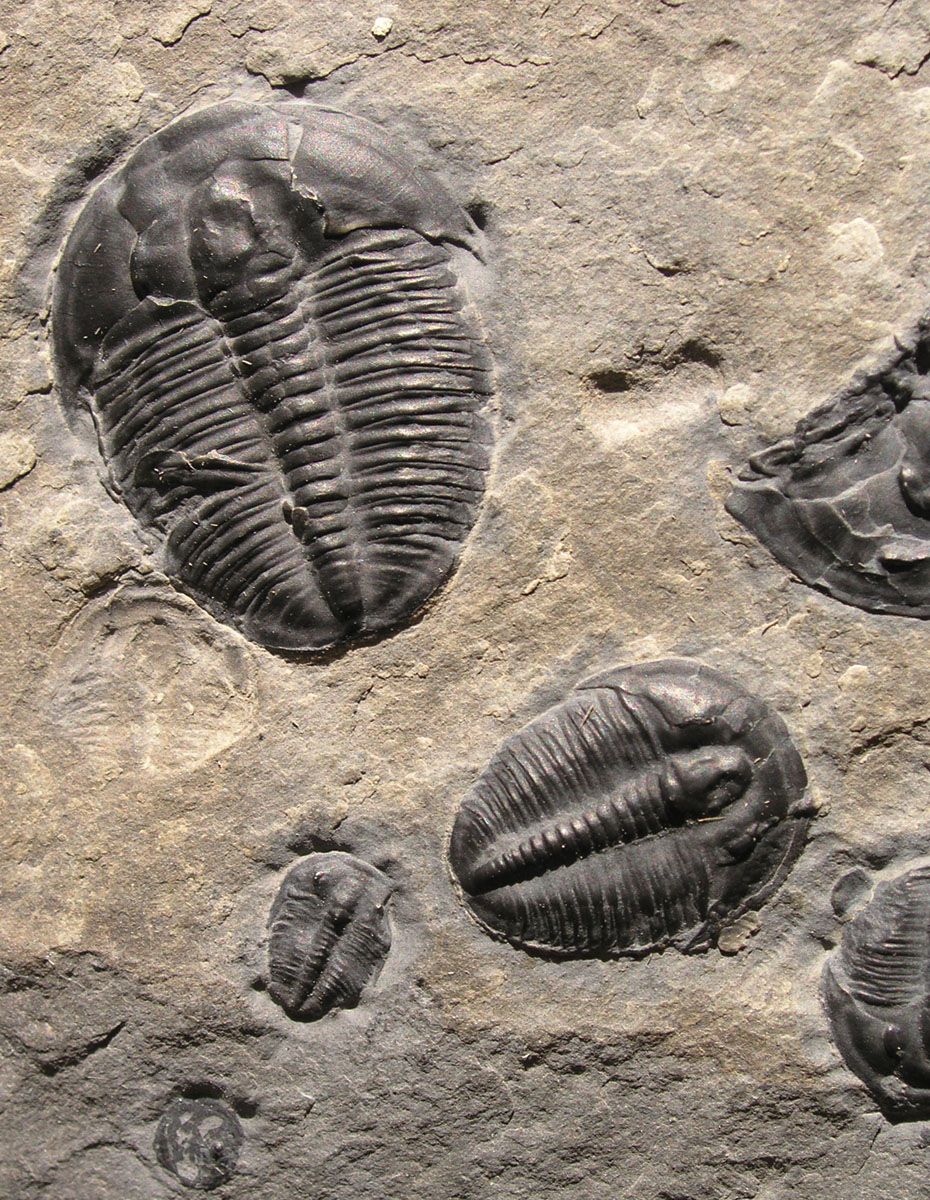Project Description
Deep In Time
Standing Still in the Age of Oil
For Orion magazine, & reprinted in The Utne Reader
Blaze of West Texas sun, July. In the Guadalupes, the highest mountains in the state, a hundred miles or so east of El Paso, I huff up a narrow trail toward a vertical wall of rock that towers against the blue. The place is dusty now, arid—part of the expansive Chihuahuan Desert—but it has a far-back watery history. The wall of rock is an ancient reef, one of the most well preserved from the Permian Period, around 250–300 million years ago, when West Texas was the West Coast of Pangaea.
I still have two thousand feet to go, but when I finally reach the wall, called Capitan Reef, I will lean in to look at tiny fossils embedded into the surface of the white limestone. That’s what I’ve come here to Guadalupe Mountains National Park to see: lines in rocks. I will look at fan-like brachiopods and the pores of sponges and the cupped shells of rugose corals, trace their shapes with my fingertips.
Imagine it, if you can: where I stand now would have been the underwater slope of the reef that descended to the basin floor, composed of fine-grained sand and silt and the skeletal remains of organisms upon which the reef continually built upward. Above me, what is now a brooding face of limestone, would have been the reef. Built primarily of sponges, it was once home to millions of animals belonging to more than five hundred species. They lived in the small holes and crevices between the colorful sponges. All alive under the shimmering surface of the water. Far below me, some three thousand feet from the reef crest, would have been the floor of the sea, where layers of sediment quietly settled. Today it is a dry canyon.
Read more in Orion magazine. …
{photograph: Michael Vanden Berg, Utah Geological Survey}
